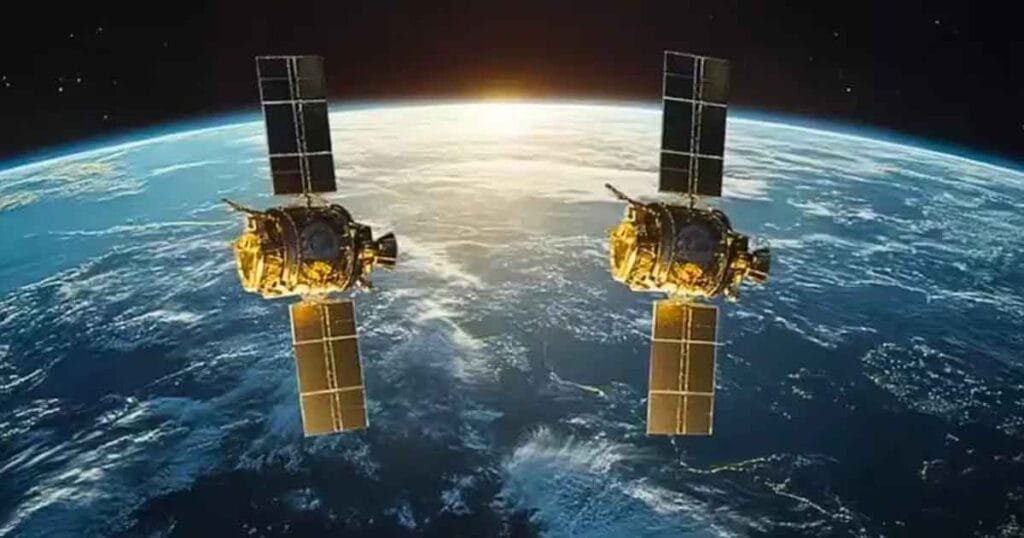- ISRO’s SpaDeX marks India’s first autonomous docking mission, showcasing advanced space rendezvous capabilities.
- Two 220-kg spacecraft docked autonomously, placing India among elite nations with this technology.
- SpaDeX supports satellite servicing, space debris reduction, and human spaceflight, aiding missions like Gaganyaan and a future space station.
- The mission enhances India’s strategic and economic strength, boosting defense satellite operations and public-private collaborations.
On December 30, 2024, the Indian Space Research Organization (ISRO) achieved a historic milestone by launching its first autonomous docking mission, the Space Docking Experiment (SpaDeX). The mission, conducted from the Satish Dhawan Space Centre in Andhra Pradesh, highlights India’s growing leadership in advanced space technologies.
SpaDeX involved deploying two identical spacecraft, each weighing 220 kilograms, into a 470-kilometer circular orbit. These spacecraft were equipped with state-of-the-art sensors, advanced transceivers, and low-impact docking systems. The mission’s primary goal was to demonstrate autonomous rendezvous, docking, and undocking without human intervention.
This success puts India among a few nations like the United States, Russia, and China that have developed autonomous docking technology. This technology is important for future space projects, such as building modular space stations. ISRO aims to launch India’s first space station by 2030. SpaDeX shows India is ready to build, maintain, and expand advanced space structures.
Applications in Satellite Servicing and Human Spaceflight
Space docking technology is crucial for extending satellite lifespans. It enables repairs, upgrades, and refueling, reducing the accumulation of space debris. Moreover, it plays a transformative role in human spaceflight. ISRO’s Gaganyaan mission, India’s first crewed spaceflight, will rely on docking systems for crew transfers and operational flexibility.
SpaDeX utilized cutting-edge technologies, including laser rangefinders and proximity sensors, to ensure precise docking maneuvers. Robust safety systems further demonstrated ISRO’s commitment to reliability. These advancements position ISRO as a key partner for international collaborations and commercial ventures in the global space industry.
SpaDeX has significant strategic implications for India. Docking technology allows for refueling and repositioning defense satellites, providing a tactical advantage in national security. The mission also showcases India’s progress in public-private partnerships, with private companies contributing to its success.
Looking ahead, ISRO plans additional testing of docking technologies in January 2025. These efforts will support India’s Bharatiya Antariksha Station project and ambitious interplanetary missions, including crewed expeditions to the Moon and Mars. However, sustaining long-term progress will require skilled professionals, advanced infrastructure, and cost-effective strategies.
The successful SpaDeX mission marks a pivotal moment in India’s space exploration journey. By mastering autonomous docking, ISRO has joined the ranks of elite spacefaring nations. This achievement paves the way for ambitious projects like the Indian space station and interplanetary missions. SpaDeX demonstrates India’s readiness to tackle the challenges and opportunities of the evolving space frontier.


